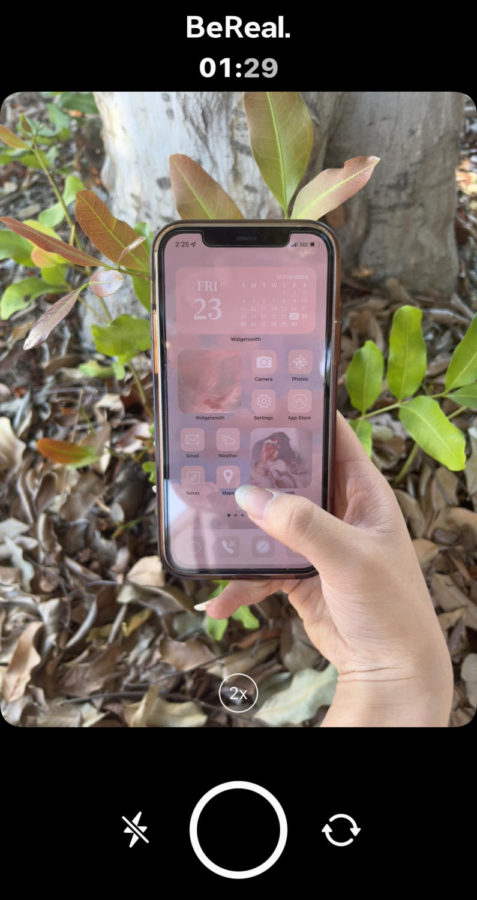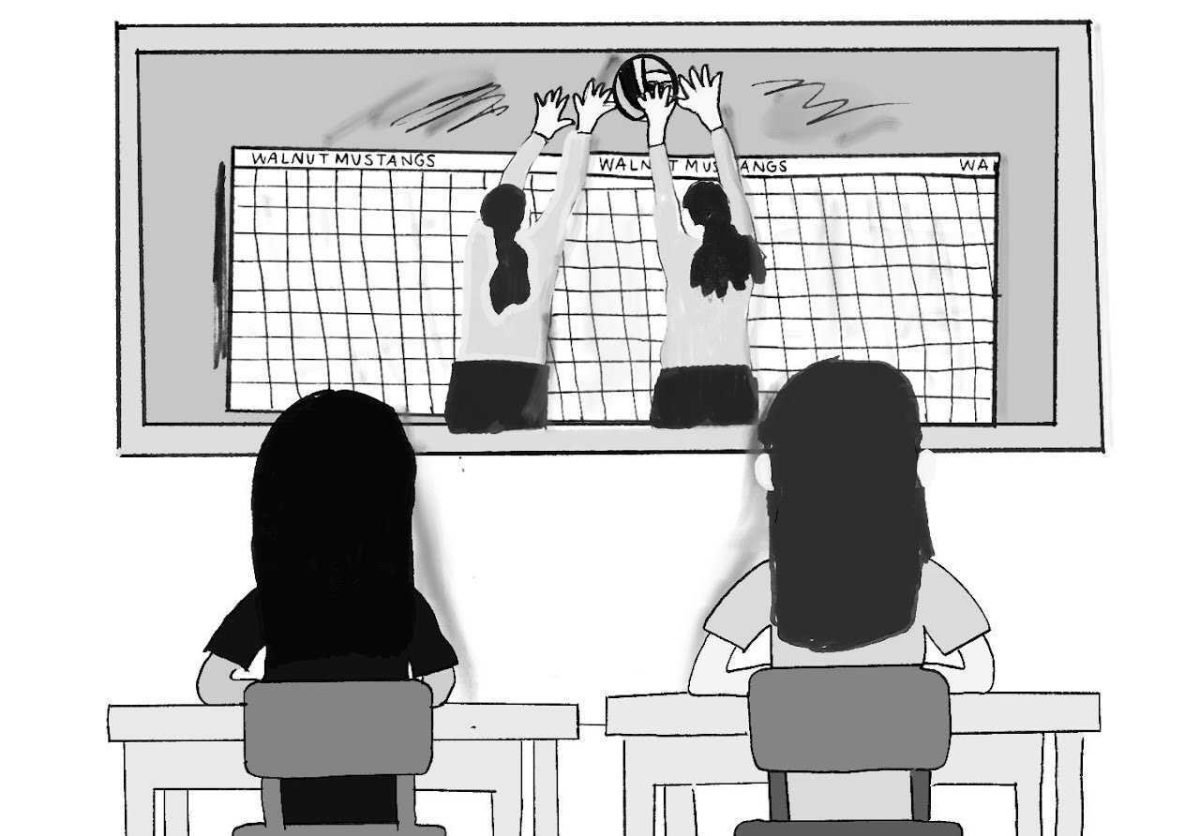“Realness” on social media is unattainable
September 26, 2022
Most teenagers recognize that social media is vastly artificial, prompting us to seek out apps that promote authenticity, or at least market themselves as such. Take BeReal, for instance. Dubbed the “anti-Instagram,” it allows users to send an unfiltered picture of themselves through their front and back cameras in a two-minute time frame. It discloses publicly how many times users retake their photos and how much time is spent after the notification is sent out before taking the photos – a modern-age public flogging of those who did not Be Real that day. However, authenticity cannot be divulged as simply as creating a metric system for it, much less through an app.
So why do we bother with being real on social media in the first place? As people grow more conscious of the detrimental artifice in brand and celebrity advertisements, we become more inclined to measure the “realness” of internet facades we may have formed parasocial relationships with. Gone are the days when creators could flaunt their wealth fashionably; now, it’s considered better taste to be humble, casual and most importantly, real. We have all become subjects of the omnipotence that surveils authenticity.
Yet, authenticity is a dynamic, ever-evolving concept that cannot be reproduced by the internet, a static inventory of words, pictures and moving pictures that tends to dilute nuance into “good” or “bad” and “real” or “fake”.
While it may assert itself as the anti-instagram, BeReal imposes the same flattening effect on its users as other social media. Aside from the lack of filters, it gives users ample control over the timing, framing and audience of one’s photos, making it no different than “casual Instagram,” a pervasive corner of the app which markets itself similarly through its low-effort and blurry “photo dump” trend.
Whereas it’s widely understood now that this genre of social media is still performative because of the extra steps taken to ensure one’s candidness, BeReal more insidiously renders “realness” an aesthetic that one may choose to partake or abstain in at any moment. It further reduces and distorts the concept of authenticity into something as simple as a number.
It seems almost natural to want to showcase the “casual” alongside more glamorous sides of our lives: it assures others, and perhaps ourselves, that our digital identities aren’t completely artificial. We labor over being perceived as authentic – as opposed to simply being authentic – for a variety of reasons. Perhaps it’s a natural reaction to the anxieties we may have over our debilitating sense of selves in this fast-paced information age, or simply because we feel left out when all of our friends are doing it.
Personally, it’s a bit of both, and I definitely am not immune to buying into certain personas or aesthetics in my disaggregated online presence. While authenticity is not something that can be mediated by the internet, it doesn’t mean that we can’t share about the parts of our lives that are meaningful to us. Perhaps we should also reevaluate why we grapple so much in the first place with proving our authenticity, something that is innately true because we exist.





![Varsity sideline cheerleader sophomore Carys Tuason adjusts her hair in preparation for an upcoming football game. “I feel [that] looking neat and looking put together is something that judges look at and other teams look at, even on game days,” Tuason said. “It is important to have our hair up because it’s also a safety thing and it can affect performance.”](https://whshoofprint.com/wp-content/uploads/2025/10/IMG_1313-e1761358460493-800x1200.jpg)
![From left to right, junior Hannah Phan, who played Connie Philips, and sophomore Matthew Salguero, who played Roy Philips, shows his character’s personality and relationship with Edward Worthington. “We [were] all doing our best to portray the characters accurately,” Salguero said.](https://whshoofprint.com/wp-content/uploads/2025/10/IMG_9818-1200x800.jpg)





